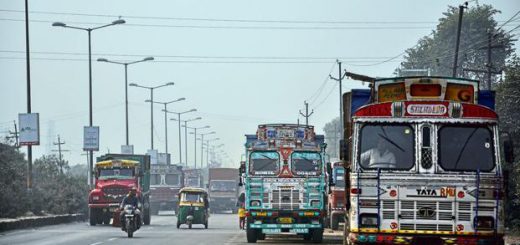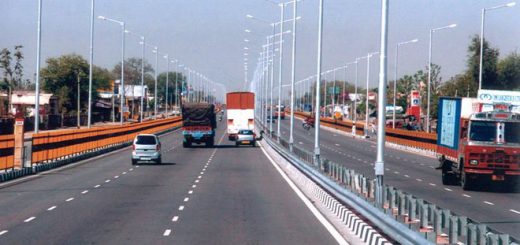Easy Ways to Make Transportation Environmental Friendly
Transportation is a vital component of modern society, enabling the movement of people and goods across the globe. However, traditional transportation methods have taken a toll on the environment, contributing to air pollution, greenhouse gas emissions, and resource depletion. As the world faces pressing climate challenges, finding ways to make transportation environmental friendly has become a critical necessity. In this article, we will explore innovative strategies and technologies that can revolutionize the transportation sector and pave the way for a more sustainable future.
12 Ways to Make Transportation Environmental Friendly
1. Electric Vehicles (EVs): A Silent Revolution
Electric vehicles have emerged as a game-changer in the quest for greener transportation. Unlike conventional gasoline-powered vehicles, EVs produce zero tailpipe emissions, making them an excellent solution for reducing air pollution in urban areas. Advances in battery technology have extended the driving range of EVs, making them more practical for longer journeys.
2. Charging Infrastructure Development
To encourage the widespread adoption of EVs, a robust charging infrastructure is essential. Governments and private companies are investing in the installation of charging stations in public places, parking lots, and residential areas. Fast-charging technology allows drivers to recharge their vehicles quickly, making EVs more convenient and accessible.
3. Hybrid Vehicles: Bridging the Gap
Hybrid vehicles combine the benefits of gasoline engines and electric motors, offering improved fuel efficiency and reduced emissions. These vehicles switch between the two power sources based on driving conditions, optimizing performance and minimizing environmental impact.
4. Public Transportation Enhancement
Investing in efficient and affordable public transportation systems can significantly reduce the number of private vehicles on the road. High-speed trains, buses powered by clean energy sources, and well-designed transit networks can encourage more people to use public transport, leading to reduced traffic congestion and lower emissions.
5. Sustainable Aviation Fuels
The aviation industry is exploring sustainable alternatives to conventional jet fuels. Sustainable aviation fuels (SAFs) are produced from renewable sources and can significantly decrease the carbon footprint of air travel. Ongoing research and development aim to make SAFs more accessible and cost-effective.
6. Cycling and Pedestrian Infrastructure
Building dedicated cycling lanes and pedestrian-friendly infrastructure in cities can encourage people to use non-motorized modes of transport. This reduces emissions b, promotes healthier lifestyles, and enhances urban livability.
7. Carpooling and Ridesharing
Carpooling and ridesharing services are gaining popularity as they reduce the number of individual vehicles on the road. By sharing rides, fewer cars are in operation, leading to decreased congestion and emissions.
8. Autonomous Vehicles (AVs): A Vision of Efficiency
Autonomous vehicles have the potential to optimize transportation systems. They can reduce traffic congestion through efficient route planning and reduce fuel consumption by avoiding abrupt acceleration and braking. Additionally, shared autonomous vehicles could lead to fewer cars on the road.
9. Hydrogen-Powered Vehicles
Hydrogen fuel cell vehicles convert hydrogen gas into electricity, emitting only water vapor as a byproduct. While challenges remain in terms of hydrogen production and distribution, these vehicles hold promise as a zero-emission alternative to traditional internal combustion engines.
10. Smart Traffic Management Systems
Advanced traffic management systems use real-time data and sensors to optimize traffic flow, reducing congestion and emissions. These systems can adjust traffic signals, reroute vehicles, and provide information to drivers, enhancing overall transport efficiency.
11. Electrification of Public Transport
Electrifying buses, trams, and trains can significantly reduce emissions in urban areas. Electric public transportation not only reduces air pollution but also provides quieter and more comfortable rides for passengers.
12. Eco-Driving Practices
Promoting eco-driving practices among drivers can lead to fuel savings and emissions reduction. Techniques such as smooth acceleration, maintaining a steady speed, and proper vehicle maintenance contribute to more efficient driving.
Conclusion
The transportation sector is at a crossroads, facing the urgent need to address its environmental impact. The innovative solutions mentioned above demonstrate that a transition to transportation environmental friendly, it is not only possible but also economically viable and technologically feasible. By adopting electric vehicles, improving public transportation, developing sustainable fuels, and embracing smart technologies, we can create a transportation system that is efficient, clean, and sustainable. As individuals, governments, and industries come together to drive change, a greener transportation future becomes within reach, helping us safeguard our planet for generations to come.




Recent Comments